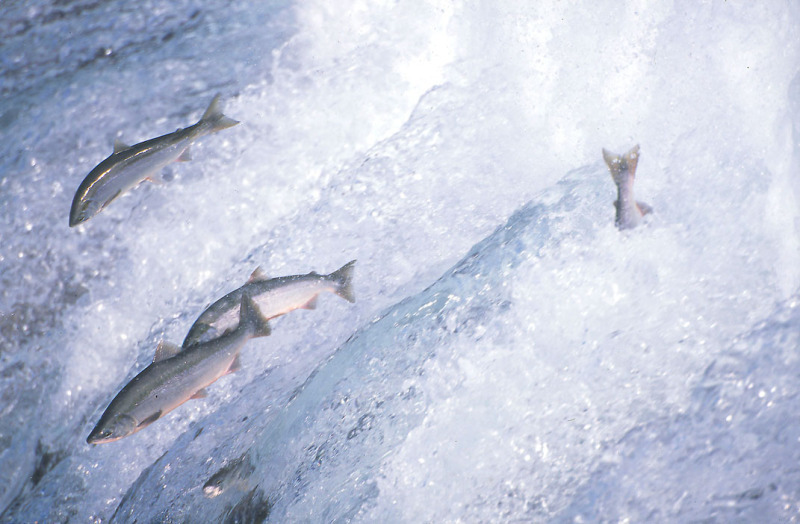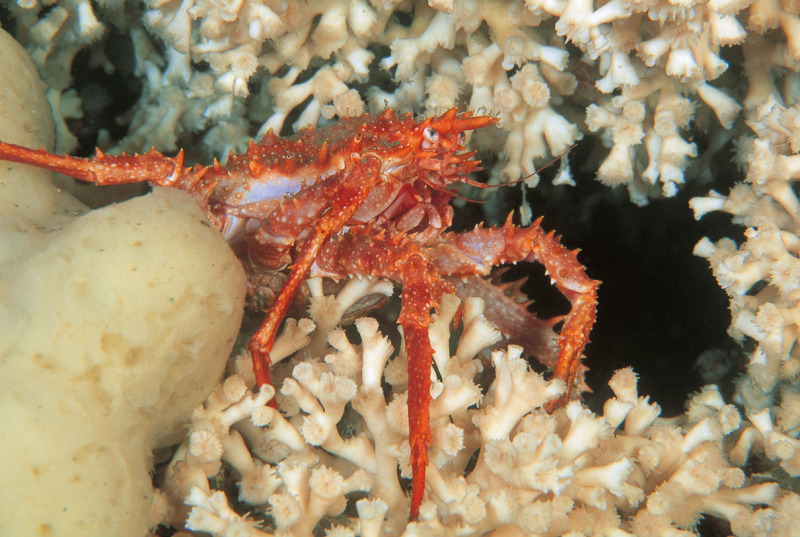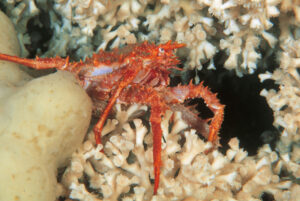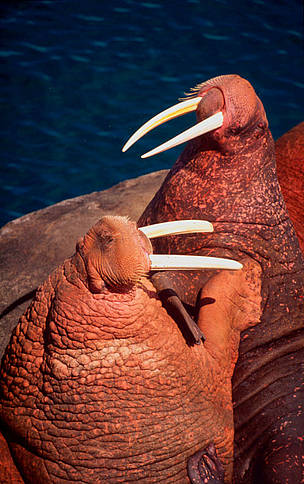Today at the international conference on Arctic Ocean Acidification, we’re talking about socioeconomic issues. The increasing acidity of Arctic waters is a complex story where some marine species will be winners (adapting and thriving) and others losers (to the point of extinction). As for humans, we stand to lose big –ocean acidification is likely to impact the abundance, productivity and distribution of Arctic fisheries.
More acidic Arctic waters will affect everything from the price of fish, to the cost of fishing, to the benefits of fisheries to the indigenous populations of the Arctic. With a multi-billion dollar fishing industry and a large subsistence population that relies heavily on ocean resources for the majority of their dietary protein, Alaska is particularly vulnerable. If ocean acidification takes the fisheries out of western Alaska where communities live on what the land and the sea provide, food security will become a serious challenge.
To buy some time and adapt to the changing chemistry of Arctic waters, it’s important to manage the other stressors impacting Arctic ecosystems. That means policies to counteract the effects of ocean acidification must consider other human impacts, like increased shipping in the Arctic.
“A key solution is to help the Arctic ecosystems to help themselves by decreasing all the other pressures. We need to collaborate with the ecosystems”
– Sam Dupont, lead author of the biological chapter of the Arctic Ocean Acidification assessment of the Arctic Council
The services provided by ecosystems have real economic value. Acidification means that the very chemistry of these ecosystems are changing rapidly. But by planning for marine ecosystems that can remain resilient in the face of rapid change, we can ensure that species adapt, and the people of the Arctic don’t lose out.




